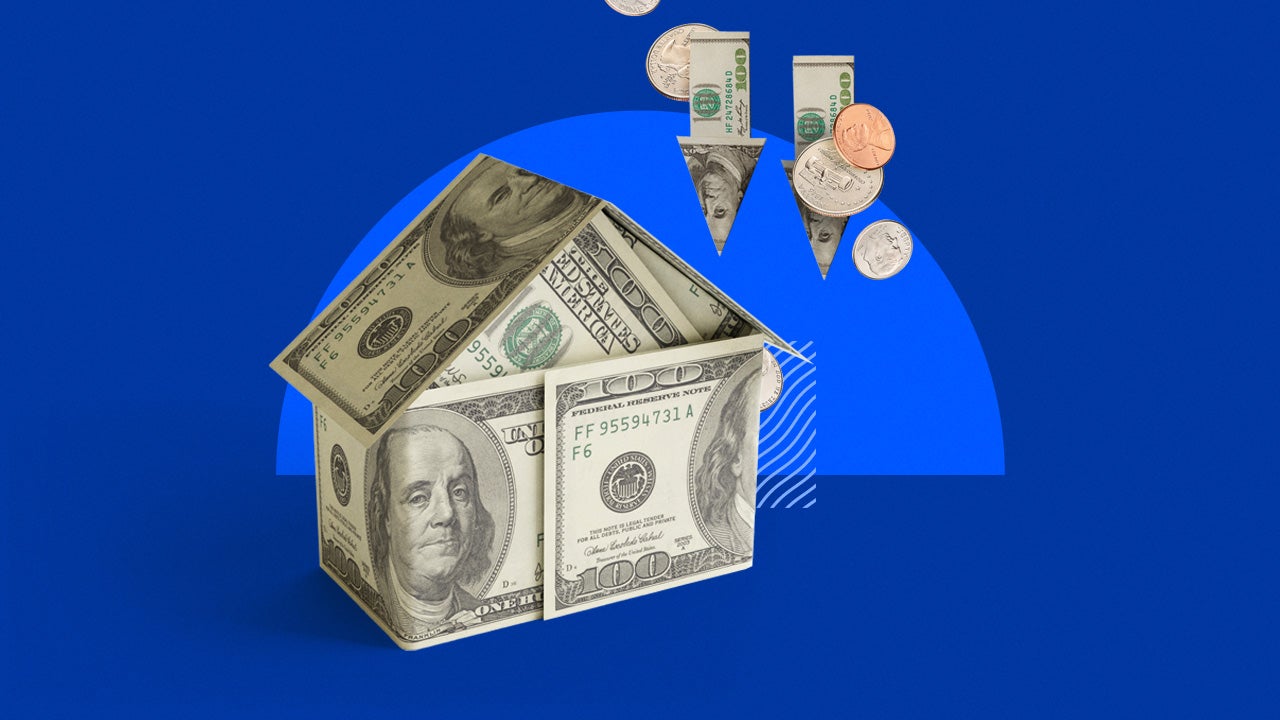What is collateral for a mortgage, and how does it work?




Key takeaways
- Collateral is something that backs — or secures — a loan. It makes the loan less risky, because the borrower has skin in the game.
- With mortgages, the collateral is usually the home that the borrower wishes to buy.
- If you can’t repay the mortgage, the lender will foreclose on the home, exercising its claim to your collateral.
If you’re using a mortgage to buy a home, the lender needs to be confident you’re going to be able to repay the funds. A strong credit score, steady income and good history of debt management can provide some degree of assurance, but a lender also relies on the collateral that secures the loan — namely, the home you’re buying — to make the approve-or-deny decision.
What is collateral for a mortgage?
Collateral refers to an asset that a borrower offers as a guarantee for a loan or debt. For a mortgage (or a deed of trust, exclusively used in some states), the collateral is almost always the property you’re buying with the loan.
Obtaining the financing puts a lien on the property. The lien stipulates that the lender can seize the collateral if you don’t repay the loan under the terms of the contract. Once you repay the loan, the lender removes the lien and no longer has a claim to the property.
No matter what you use as collateral or what you want to do with the money you borrow, the definition remains the same: It’s your offering to help secure a loan.
How does mortgage collateral work?
In the case of a mortgage, the collateral is the home, also referred to as “real property.”
When determining whether to approve your loan, the lender will order an appraisal of the home to ensure that the property is actually worth what you propose to pay for it. If it isn’t, the lender can deny the mortgage because the collateral asset isn’t worth the risk.
On the other side of things, if you don’t repay the mortgage and can’t come to a relief agreement with your lender, the lender can foreclose on the home, and you’ll lose your collateral.
There are rules around how a lender can recoup losses, however, depending on whether the mortgage is a recourse or non-recourse loan.
- Recourse loan: With a recourse loan, the lender is legally permitted to pursue other assets, in addition to the home, or sue the borrower to garnish wages. So, if you don’t pay the loan back, you could lose your collateral along with future paychecks and other valuable property.
- Non-recourse loan: With a non-recourse loan, the lender has to absorb any difference between the value of the asset they seize and the balance on the loan. You still lose your collateral, but you don’t run the risk of losing other property or assets.
Examples of collateral in the mortgage process
- Buying a home: When you buy a home with a mortgage, the home will serve as collateral for the loan. If you miss a certain number of loan payments — typically three to six months in a row, but it can be just a single one — you’ll be considered in default on the loan. Avoid this scenario at all costs, as that’s when the lender can foreclose and take back the collateral (your home).
- A home equity line of credit (HELOC) or home equity loan: You can use the equity (ownership stake) you have in your home as collateral for a HELOC or a home equity loan, which can help pay for other expenses. While there are some differences between HELOCs and home equity loans, they share a key similarity: You’re putting your home on the line as collateral.
- Starting your own business: If you’re looking to launch a small business, you might be able to use your home as collateral to secure a small business loan to help lay the groundwork for your new venture.
Difference between collateral and mortgage
You’ll often hear the terms “collateral” and “mortgage” used in the same sentence or in similar contexts, but it’s important to understand the differences.
A mortgage is a type of loan that you can use to finance the purchase of a property. Collateral is an asset that provides the backing for a loan — any sort of loan.
You almost always need collateral to get a mortgage and that collateral is almost always the property you’re buying with the loan. Think of it as a mortgage being a debt and collateral being the thing mortgaged — and a demonstration of how serious you are about paying that debt.
Other types of collateral loans
- Auto loans: With an auto loan, the automobile is the collateral that secures the loan. If you can’t make your payment, the car will be repossessed.
- Secured personal loans: These loans use an asset — such as your home, a cash account or a car — as collateral on the loan. They typically come with more lenient eligibility requirements than unsecured personal loans, but may have a lower borrowing limit.
- Secured credit cards: A secured credit card is a card that requires a security deposit. Typically, the card’s credit limit is set by the size of the deposit. In general, secured cards are used to build or repair a borrower’s credit. The issuer may refund the deposit and upgrade the card to the traditional, unsecured version after you show responsible use of it after a certain period.
- Securities or portfolio line of credit: You use the investments in a brokerage account as collateral for a revolving credit line with a variable interest rate. You repay at your own schedule. Because you’re borrowing against the value of your account, if the worth of your holdings drops, you often have to come up with cash to cover some of your debt, or the broker has the right to sell your securities.
Additional reporting by Andrew Dehan




